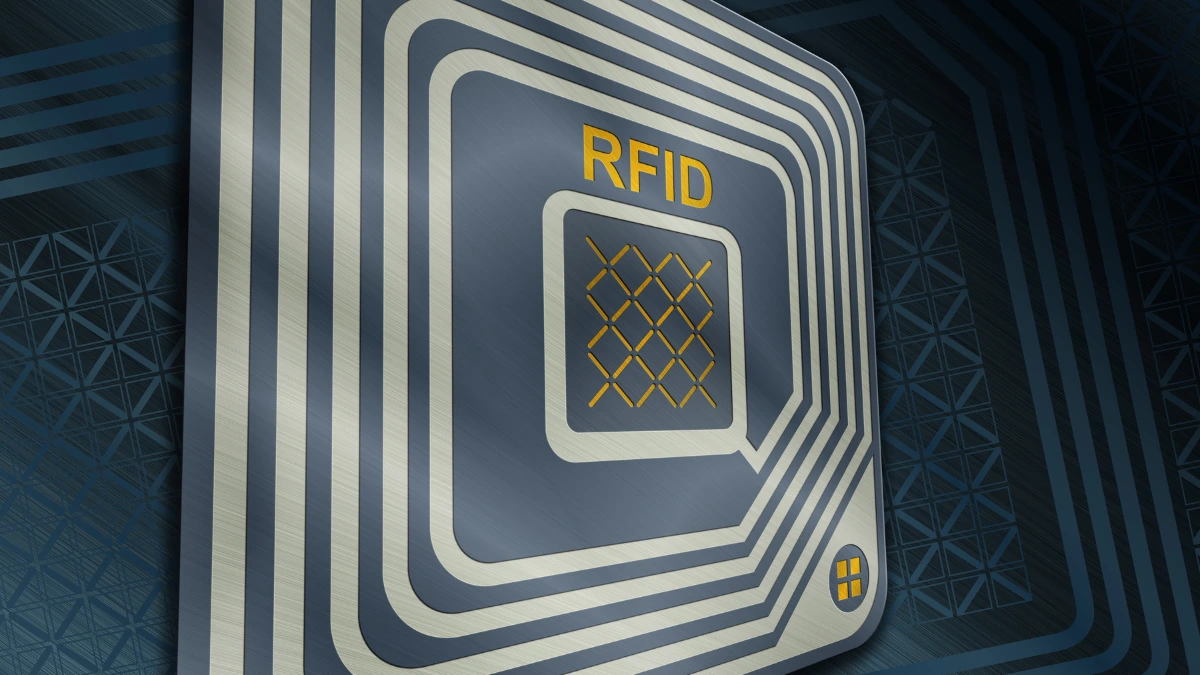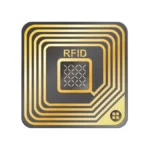Radio-frequency identification (RFID) has various types, each designed to meet specific needs in various applications, one type of RFID is RFID power supply type.
There are three types of RFID, namely, RFID power supply type, RFID memory type, RFID and radio frequency type.
Each type of RFID has its specifications and functions. RFID power supply type, for example, is suitable for applications that require longer reader range and intensive real-time tracking.
Also Read
In this article, we will explain further about RFID power supply type, from the advantages, disadvantages, and applications in everyday life.
Table of Contents
RFID Power Supply Type

RFID according to battery power supply is commonly known as active RFID tags and passive RFID tags. There is another type of RFID power supply that not many people know about, namely semi-passive RFID tags.
Next, we will review the three RFID power supply type, their advantages, disadvantages, and applications in everyday life.
1. Active RFID Tag
Active RFID tags are powered by a built-in battery. And different tags use different battery numbers and shapes.
- Advantages: Long reading distance, up to tens of meters, even hundreds of meters.
- Disadvantages: Large volume, high cost, service time limited by battery life, and difficult to manufacture thin cards.
- Applications: Industry, Logistics, Real-time traffic management, Electronic wireless communications, Vehicle access control, etc.
2. Passive RFID Tags
Passive RFID tags do not contain batteries. Its power is obtained from an RFID reader. When close to an RFID reader, the antenna converts the received electromagnetic wave energy into electrical energy. It will activate the chip in the RFID tag, and send data in the RFID Chip.
- Advantages: Small size, lightweight, low cost, long life up to more than 10 years, maintenance free, various shapes, many applications available.
- Disadvantages: Because there is no internal power source, the reading distance is limited. Generally, an RFID reader with high power is required.
- Applications: Security traceability, asset management, book management, file management, logistics supply chain management, etc.
3. Semi-passive tags
Semi-passive RFID tags integrate the advantages of active RFID tags and passive RFID tags as special indicators.
In normal times, it does not work in an inactive state and does not send RFID signals to the outside world.
It starts working only when it enters the activation signal range of the low-frequency activator and the label is activated.
- Advantages: Compared with passive tags, semi-passive tags have faster response speed and better efficiency. Compared to active tags, semi-active tags consume less power.
- Disadvantages: Large size and high cost.
- Application: Access control management, accurate personnel positioning, object positioning, regional positioning, parking management, etc.
That is an explanation regarding the RFID power supply type, its advantages, disadvantages, and daily applications.
Hopefully, this article can increase your knowledge about the RFID power supply type and their applications in everyday life.











